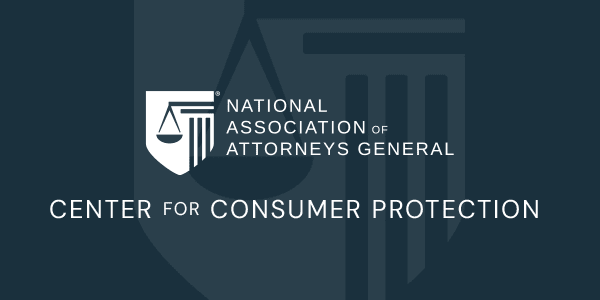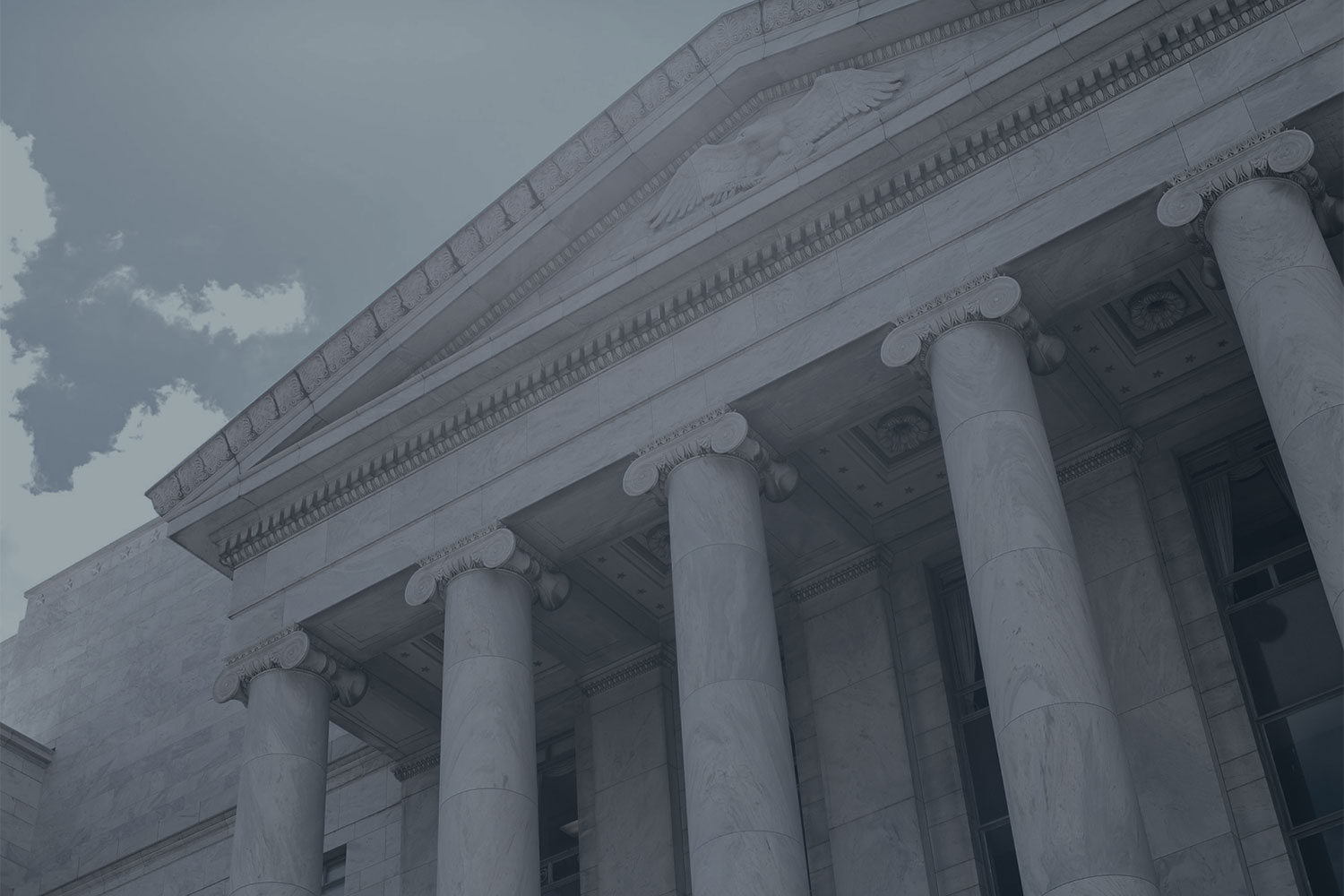Tucked inside the omnibus appropriations bill that was passed in the waning days of the 116th Congress, the “No Surprises Act” aims to address the problem of surprise medical bills. Surprise medical bills happen when a patient unexpectedly receives services from an out-of-network provider or in an out-of-network facility. The bill provides protection from surprise medical bills from out-of-network providers in emergency and non-emergency situations and provides for greater transparency for all patients about the costs of in-network services including tools to help patients comparison shop. The protections in the bill are scheduled to go into effect in January 2022.
Although several states have passed legislation providing some protections from surprise bills, federal legislation was needed in order to protect consumers with self-funded coverage, where state regulation might be preempted by the Employee Retirement Income Security Act of 1974 (ERISA), and to provide protection related to federally regulated providers including air ambulances.1
Surprise medical bills can be enormous and result in huge financial burdens, possibly even leading to bankruptcy, for unsuspecting patients. Some of the most notable examples of such bills are where a patient involved in an accident requires emergency medical services, such as an air ambulance, that happen to be provided by an out-of-network provider. A seriously injured patient obviously has no ability either to consent to or to refuse a life-saving service from an out-of-network provider. After recovering from the accident, the patient may then be left with an unpayable medical bill that throws them into severe financial distress.
Surprise bills from out-of-network providers can also arise during planned care in an in-network facility, for example, when an anesthesiologist, radiologist, or pathologist working behind the scenes or a provider responding to unexpected complications may be an out- of-network provider. In these situations, the patient may not be in a position before the services are rendered to determine that the provider was outside of the patient’s insurance network or request that services be provided by an in-network provider.
According to a 2020 Kaiser Family Foundation analysis, for consumers in large employer-based insurance plans, 18% of all emergency visits and 16% of in-network hospital stays resulted in at least one out-of-network charge in 2017.2 The rate of such charges varied greatly depending on the state, however. Texas had the highest incidence of such bills involving an emergency visit (38%) while New York had the highest incidence of charges involving in-network inpatient admissions (33%).3
The No Surprises Act holds patients harmless by limiting cost-sharing amounts that patients are responsible for to in-network rates and prohibiting out-of-network providers from billing patients for any balance that exceeds the in-network rate. The protections apply in emergency and non-emergency situations.
Protections in Emergency Situations
In emergency situations, the Act’s protections apply until the patient’s condition is stabilized and the patient is able to understand and consent to be transferred to an in-network facility.4 The Act specifically protects air ambulance patients – limiting their financial responsibility to in-network rates and barring balance billing for out-of-network charges. The bill defers the ground ambulance billing issue to an Advisory Committee which will prepare a report and recommendations on how to improve the information provided to consumers about costs and insurance options prior to service as well as how to protect consumers from balance billing. The committee is to be established by the Secretaries of Labor, Health and Human Services (HHS), and Treasury, and the report is due 180 days after the group convenes.
Protections and Price Transparency in Non-Emergency Situations
In non-emergency situations, the Act provides an opportunity for the patient to consent to out-of-network care. This is only applicable in limited circumstances in which the patient schedules the procedure at least 72 hours in advance and receives notice of the likely out-of-network charges and an opportunity to request in-network services at least 72 hours prior to receiving the services. The form and content of the notice and patient consent will be specified by regulations no later than July 1, 2021.
In addition to providing protection from unexpected out-of-network charges, the Act will help minimize surprise medical billing for services provided by in-network providers. First, the Act requires health insurance networks to develop a “price comparison tool” which must be available to patients by phone or online. This tool would allow patients to compare cost-sharing amounts charged for items or services by different in-network providers.5 The Act also requires that providers send an “Advanced Explanation of Benefits (AEB) before the health care service is delivered. This provides good-faith estimates of the cost of the service before it is delivered for in-network items or services. For out-of-network services, the AEB must provide information on how the consumer may obtain the item or services in-network. These tools will allow consumers to obtain the estimated cost of services before they are provided and give them tools to shop within their provider network for a lower cost alternative.
The Act also provides detailed procedures for the patient’s insurance company to reimburse an out-of-network provider and to engage in dispute resolution if the providers disagree about the reimbursement offered by the in-network provider.
The Act may be enforced by the states and by the HHS Secretary if the Secretary determines that the state has failed to “substantially enforce” patient protections. States are authorized to notify the Secretary of violations and the Secretary may apply a civil penalty of up to $10,000 per violation if the provider knew or should have known of the violation. The Secretary is also required to develop a consumer complaint process and respond to complaints within 60 days of receipt.
The No Surprises Act is being hailed by proponents as important and meaningful protection for consumers from potentially catastrophic unforeseen medical bills. Beginning in January 2022, consumers will have the benefit of these important measures and, in some states and territories, attorneys general will want to enforce the Act when medical providers fail to comply.
- Jack Hoadley, et al., “Unpacking The No Surprises Act: An Opportunity To Protect Millions, ” Health Affairs Blog, December 18, 2020.DOI: 10.1377/hblog20201217.247010. [↩]
- Karen Pollitz, et al., “An examination of surprise medical bills and proposals to protect consumers from them,” (February 10, 2020). [↩]
- Id. [↩]
- Hoadley, supra n. 1. [↩]
- Id. [↩]





